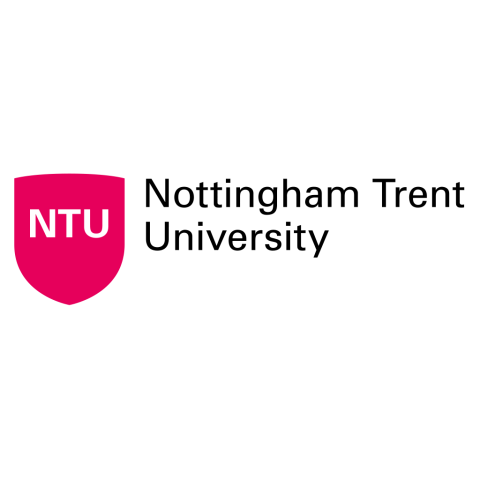
How to use ChatGPT to help close the awarding gap
The awarding gap refers to the gap in (higher) educational achievement – indexed via the proportion of first and upper second degree classifications – between groups of students based on characteristics such as ethnicity, socio-economic status and gender. This has previously been discussed elsewhere on THE Campus.
However, academics are very likely aware of the emergence and rapid growth of accessible and user-friendly AI writing software, such as the popular ChatGPT, and its potential utility in academia. Much of the current discourse from academics highlights fears about a rise in academic misconduct, but it would be remiss to ignore some of the potential advantages of AI.
Here, we identify three potential roles that AI could play in bridging attainment gaps.
Role 1: rewording concepts and considering different perspectives
Students sometimes struggle in their understanding of the language used by teaching staff to explain complex concepts, with those in groups more likely to be disadvantaged by attainment gaps often being more reluctant to seek clarifications. Software such as ChatGPT offers academics the possibility to develop student-friendly alternative summaries of these issues, in language that may be more accessible than that used by an expert with years of experience.
- So, you want to use ChatGPT in the classroom this semester?
- ChatGPT has arrived – and nothing has changed
- ChatGPT and AI writers: a threat to student agency and free will?
Although ChatGPT can be used to provide alternative definitions that might help students better understand a given concept, the true power of this software comes from being able to contextualise such concepts from the perspectives of others. For example, one might ask the software:
“From the perspective of a policymaker, define the concept of inter-partner violence as if you were explaining it to both a lay audience and an audience of academics. Point out some of the key differences in these explanations.”
Instantly, not only can students supplement their taught material with more contextual information, but they can start to develop a nuanced understanding of how best to communicate complex knowledge to an array of audiences. Effective writing and communication feature on most rubrics and, as such, AI writers can be used to curate impact and specificity in assignments.
Role 2: provision of applied examples
Taking the aforementioned role further, ChatGPT allows users to hypothesise potential scenarios where the theory and frameworks that they are taught can be applied. For example:
“The following is my understanding of social learning theory: [user enters text].
“Using this understanding, list examples of where this theory might be used within business/teaching/charity settings, as well as key barriers for its implementation.”
Such prompts, when combined with sufficient knowledge of a subject gleaned through independent study, allow students to further stretch their knowledge in the pursuit of its application. Being able to discuss the importance of theory and how it can be applied within contemporary and applied settings might also enable students to see things from a different perspective, with applied examples often helping a concept to “click”. Not only does this help students better talk about concepts in their degrees, but it develops competencies in relation to translating theoretical knowledge to other contexts upon graduation.
Role 3: comparison of essay structures
In a recent movement to ensure students have the capacity to tailor their essays to specific topics of interest, academics have presented them with multiple ways to successfully complete their assignments. This is a positive move for addressing attainment gaps, because those with intrinsic motivations to read around a subject are more likely to achieve highly. However, students may be inadvertently disadvantaged by this practice through uncertainty around how to “best” structure an assignment and a reluctance to seek peer support due to potentially conflicting approaches.
In theory, and in conjunction with the correct use of prompts, students would be able to use an AI writer to plan, compare and contrast multiple essay structures to allow them to showcase their knowledge on the subject. For example, a student may want to write an essay about the biology of aggression. ChatGPT may be asked:
“Provide an essay structure for an argument about how sex differences in aggression are driven by biological processes, specifically in relation to testosterone.”
“Provide an essay structure for an argument about the interaction between social and biological factors in human aggression. Pay particular attention to the role of testosterone.”
Through multiple iterations, alongside their academic feedback, students will learn what makes a successful essay structure within the context of their intended argument.
Summary
The thought of students using AI is understandably evoking concern among academics. However, embracing such software and understanding its utility can put us in a position to use AI constructively to reduce attainment gaps through the provision of “plain language” descriptions and comparisons of essay structures. These moves should be considered alongside training on the moral and ethical implications of the use of AI as a supplement to (rather than a replacement for) learning.
Dean Fido is senior lecturer and programme leader in forensic psychology at the University of Derby, UK.
Craig Harper is associate professor in forensic psychology at Nottingham Trent University, UK.
If you found this interesting and want advice and insight from academics and university staff delivered direct to your inbox each week, sign up for the Campus newsletter.




